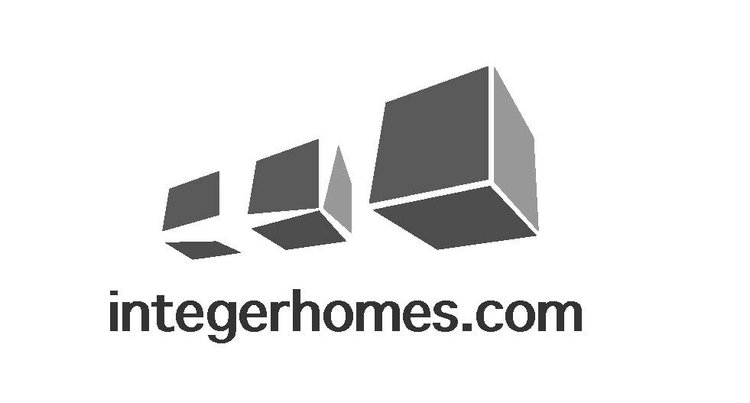We commonly see a land sale on a potential infill development site, it sits for a year and then hits the MLS again, this time advertised with a development permit complete on it. Typically these are listed at a significant premium to the market value of the property, implying a massive uplift just from the partial permitting of a project. Some casual observer may find this a legitimate improvement to the property, more likely it is a copy, cut, paste exercise where an existing design is reused. This could cost anywhere from $5-20k, plus time, but likely is on the lower end of the spectrum. In terms of the broader cost to redevelop the site and purchase the land this could be about 0.5% of the total project. In the view of the seller, a common ask is for $300k over and above the original purchase price. This would represent more than the likely entire gross profit potential for the project, such that if it was sold at the asking price, the actual builder/buyer would have to fund the land, construction, financing, tax, sales cost, and business administration at a loss. I doubt there is a lineup of willing developers with the sophistication to stay in the business of home building who’d jump into a losing deal. From a principled perspective, I avoid these deals, typically the land or designs on it aren’t exactly what I am looking to build, or the deal makes no sense. I view these as distressed sales, after all, if the original plan was to build it, and that has been abandoned, there must be an underlying reason. That reason I believe is most commonly as follows;
the investor lacks the financial means or commitment to the build,
the building partner brought in to build the project has given the investor an estimate and the numbers are too high for it to work
another, better project has come along that has captured the investors attention and funds are needed to pursue it
or, most likely, the investor views selling the project and immediately earning more than the entirety of the likely profit potential of the build is a better outcome that then risk, effort and time to create value in the world via building. So basically the investor wants to dump it yet still capture most or all of the future value of the building project from the buyer.
The first three scenarios demonstrate to me some distress, and dis-inclination to proceed to build. Those investors need to take a haircut to find liquidity on their abandoned deal. The fourth shows a counterparty that is overtly selfish and views their own time and energy as more precious vs those of a potential buyer who should be eager to build a project for free while they walk off with all the profits. Time has the tendency to cure these wounds, and the inflated asking price comes down to reality. At this point, patience, stubbornness and luck all has a role to play in these deals getting sold. Yes the market has possibly run up a fair bit over a year or two, and some appreciation is justified, but the original asking price on this example is just outrageous. A 45 foot wide lot will never be in high demand in a B- neighbourhood, and a smaller footprint will impact the size of the homes to be developed, further limiting upside vs comparable homes on standard sized lots when this build is closer to 1600 square feet of developed area vs the more common 1800 square feet. Finally, I just dont want to reward and incentivize competitors to buy up more land and repeat this process, driving up my cost and lowering my choice of land to purchase from. So count me out as a buyer unless there is real distress demonstrated and value returns to this bad realtor math equation.


